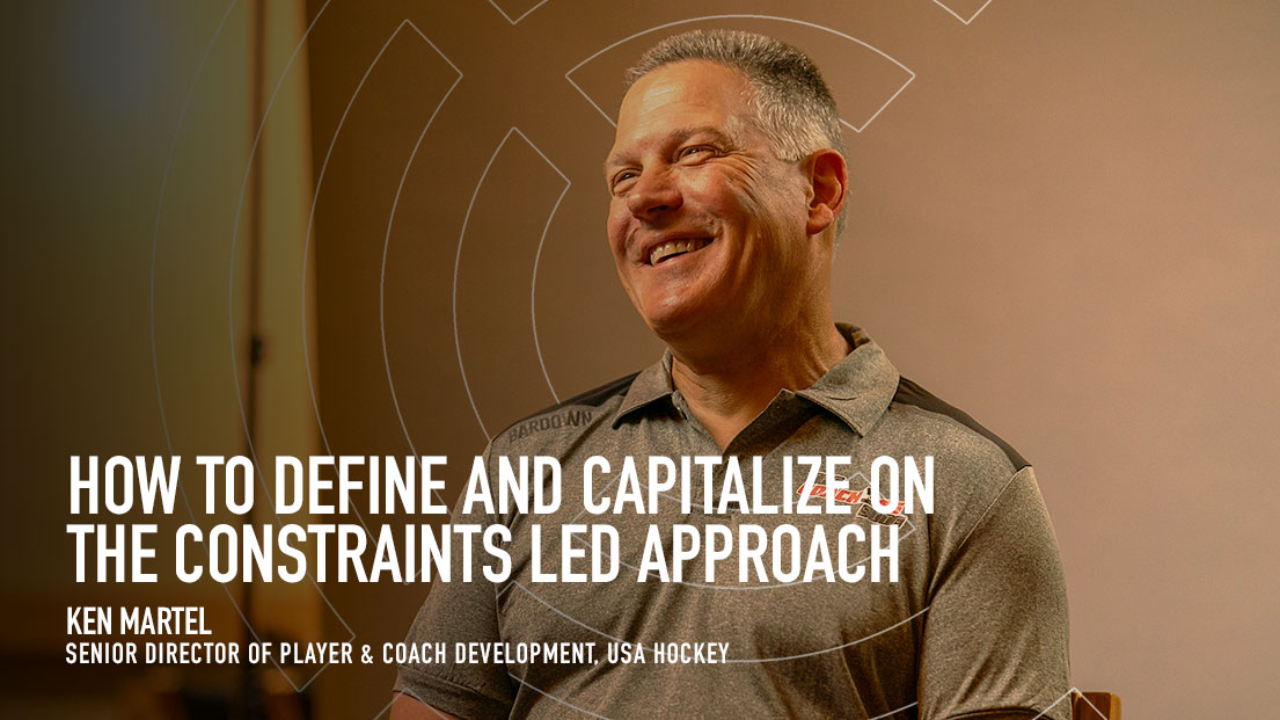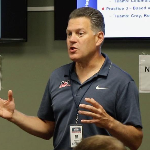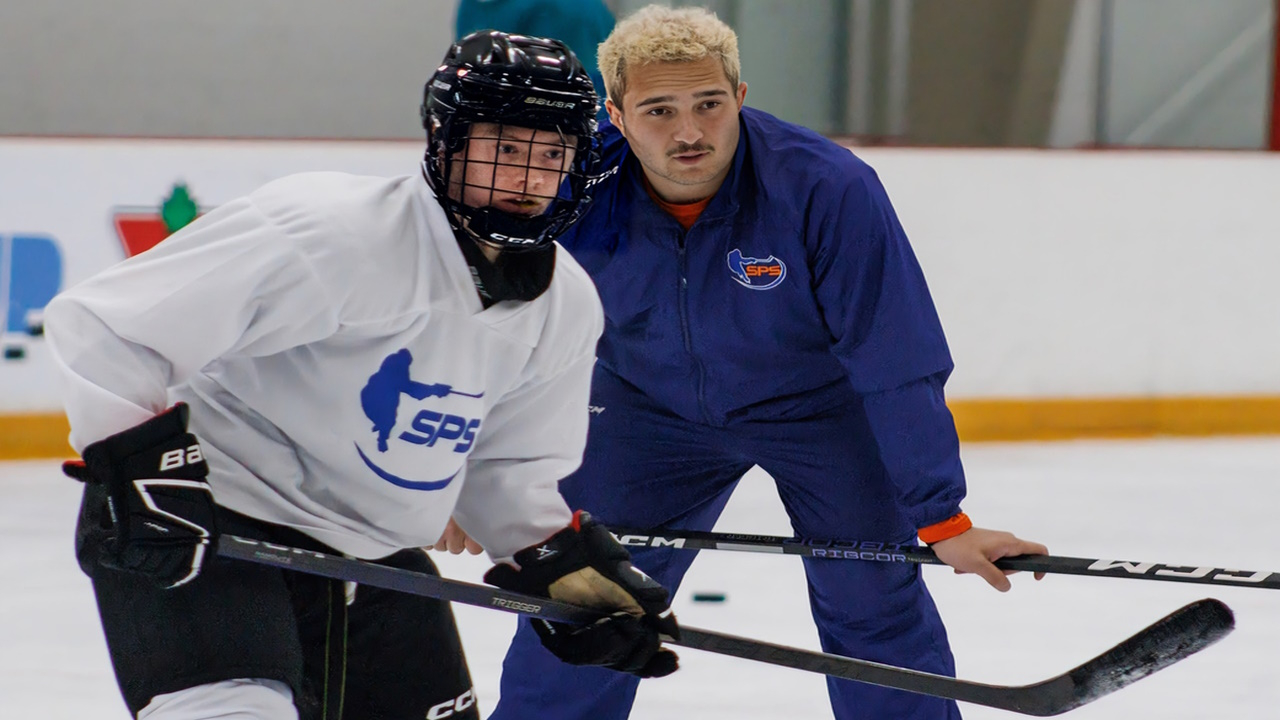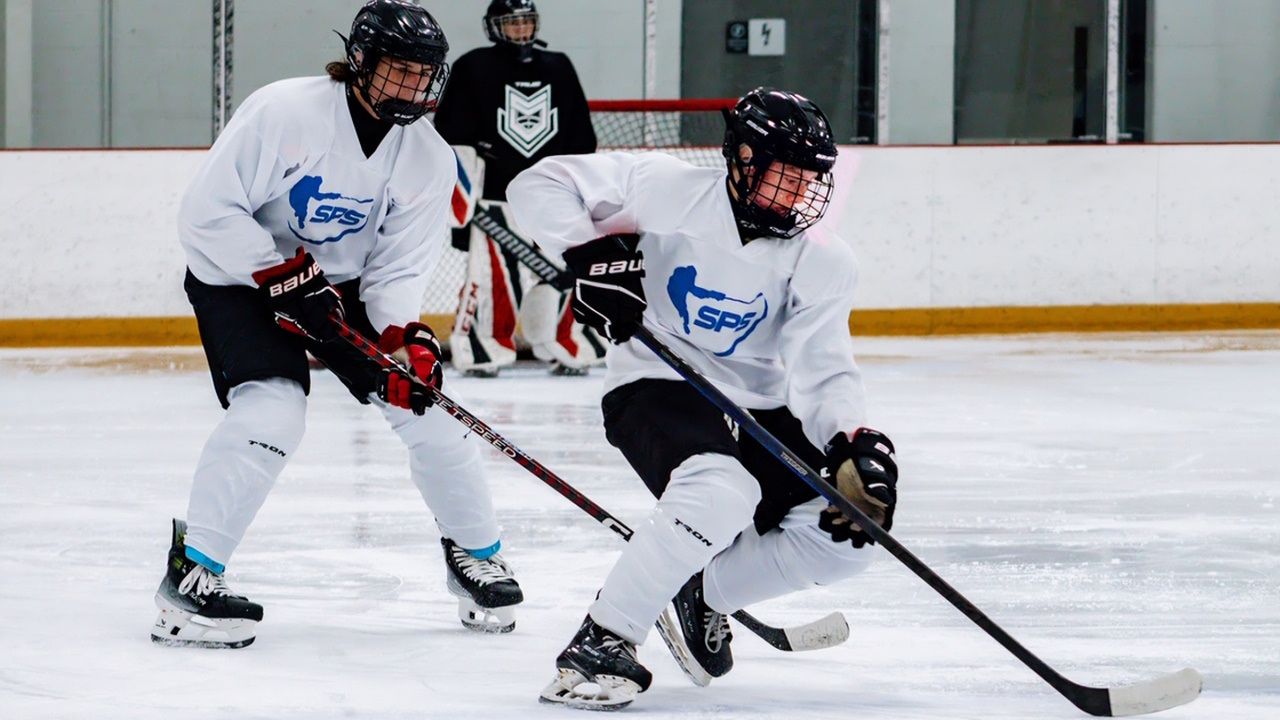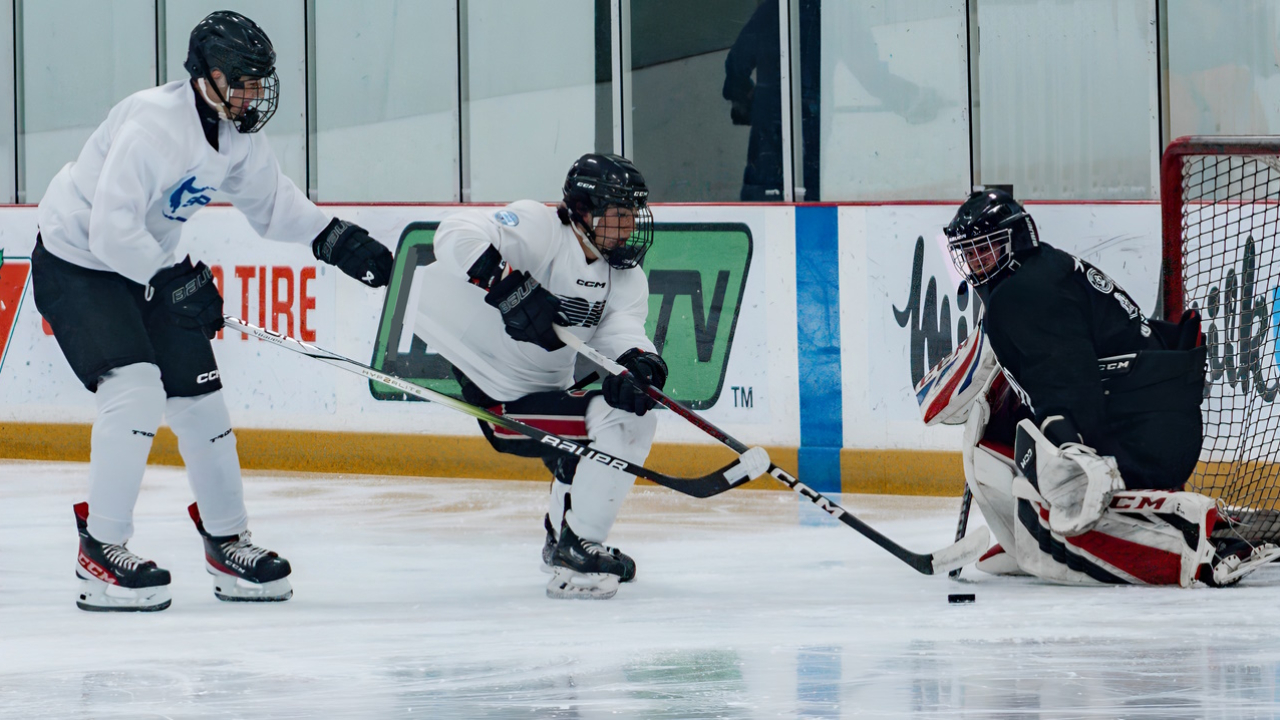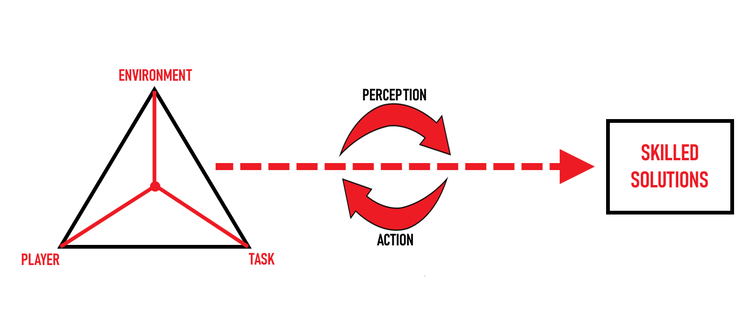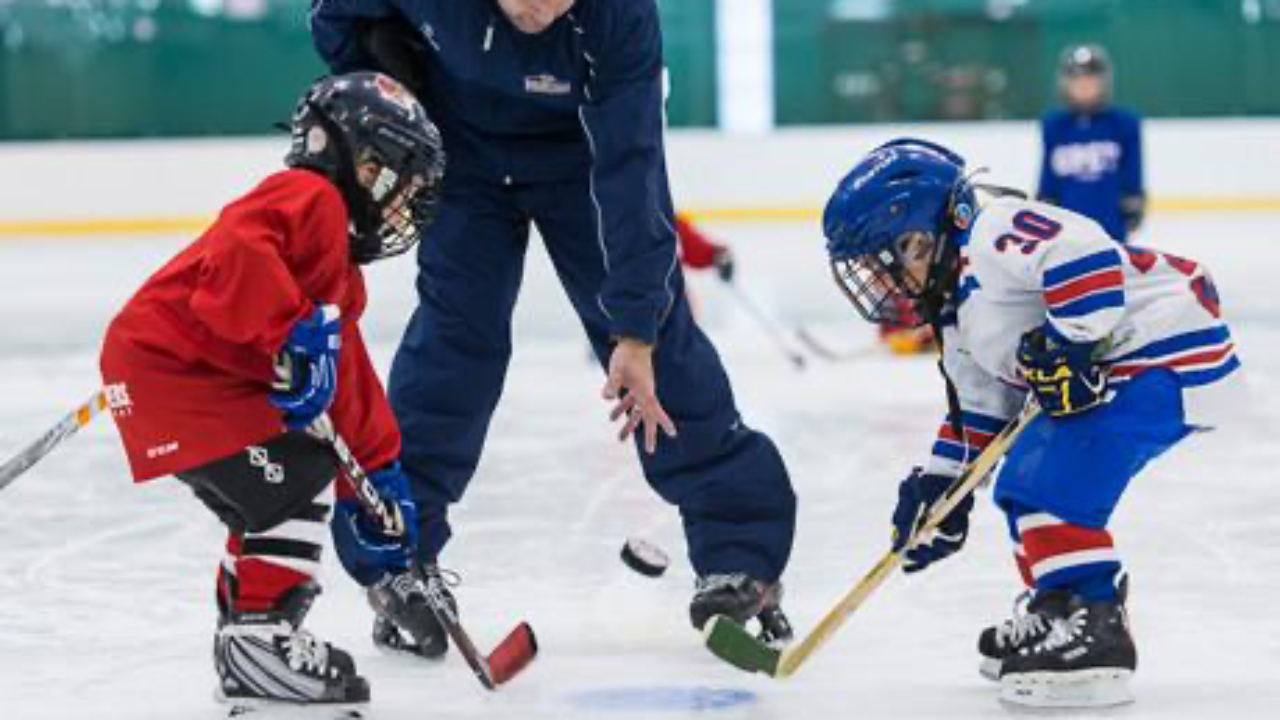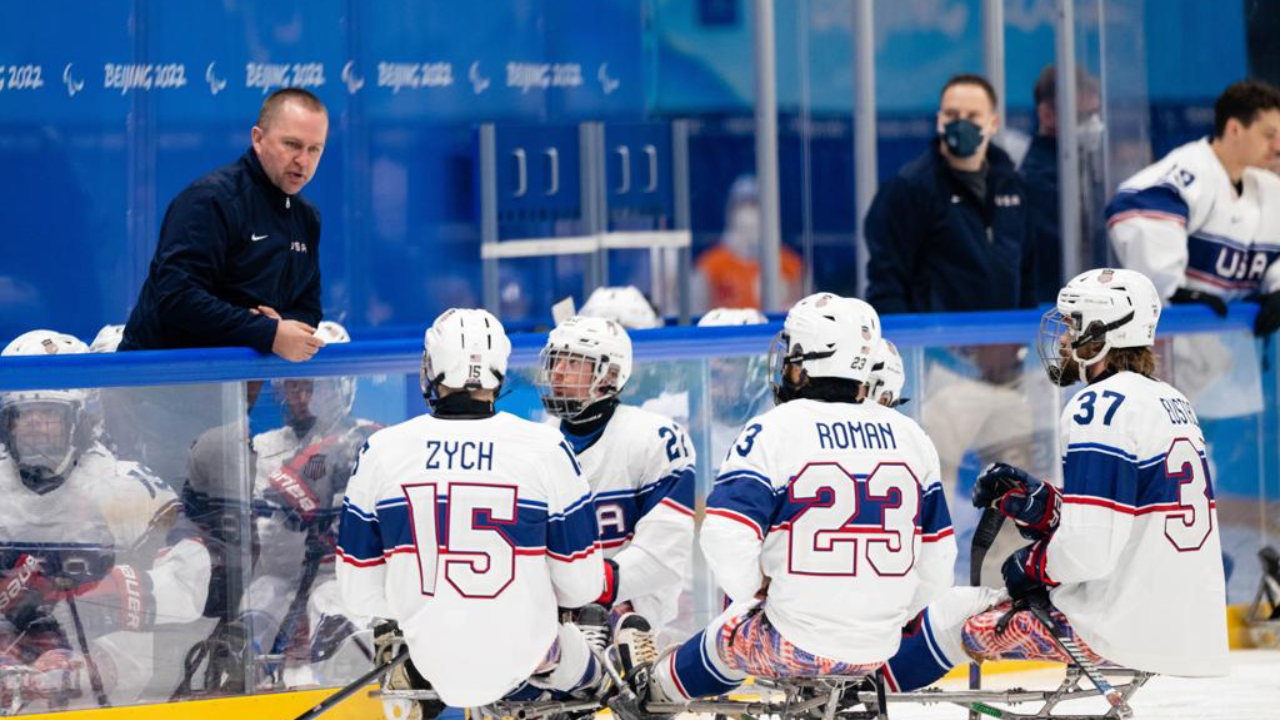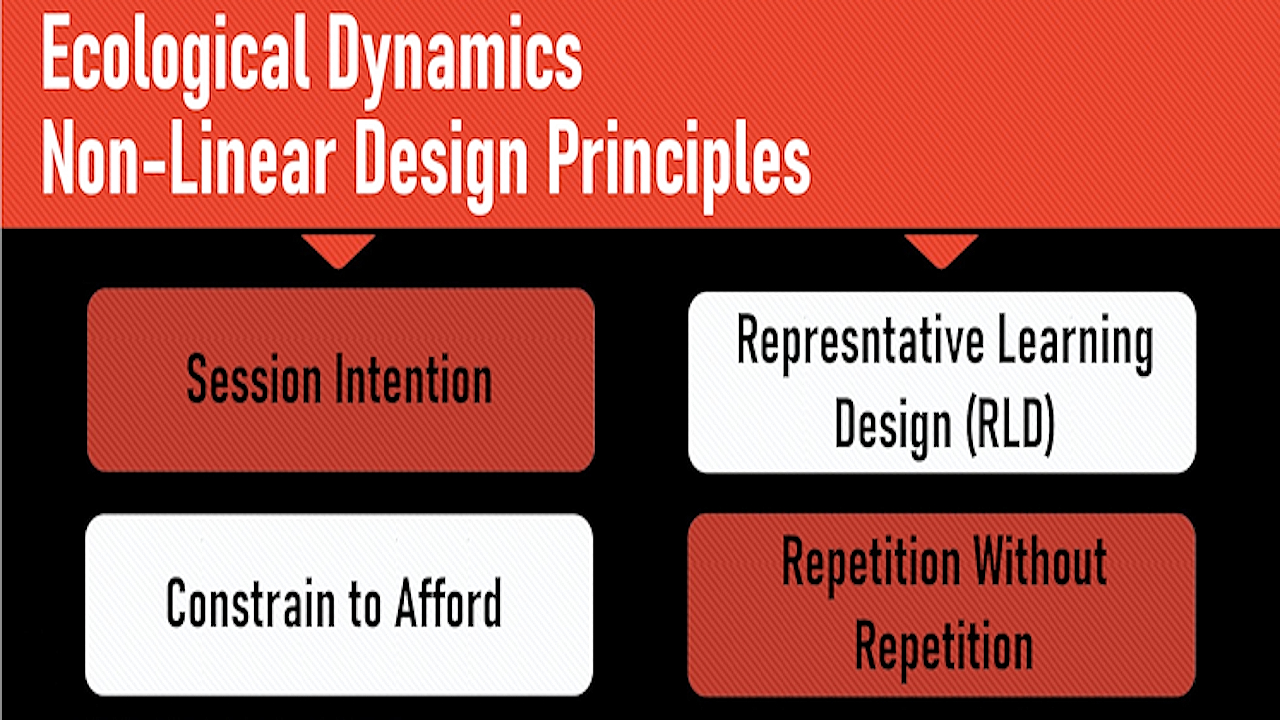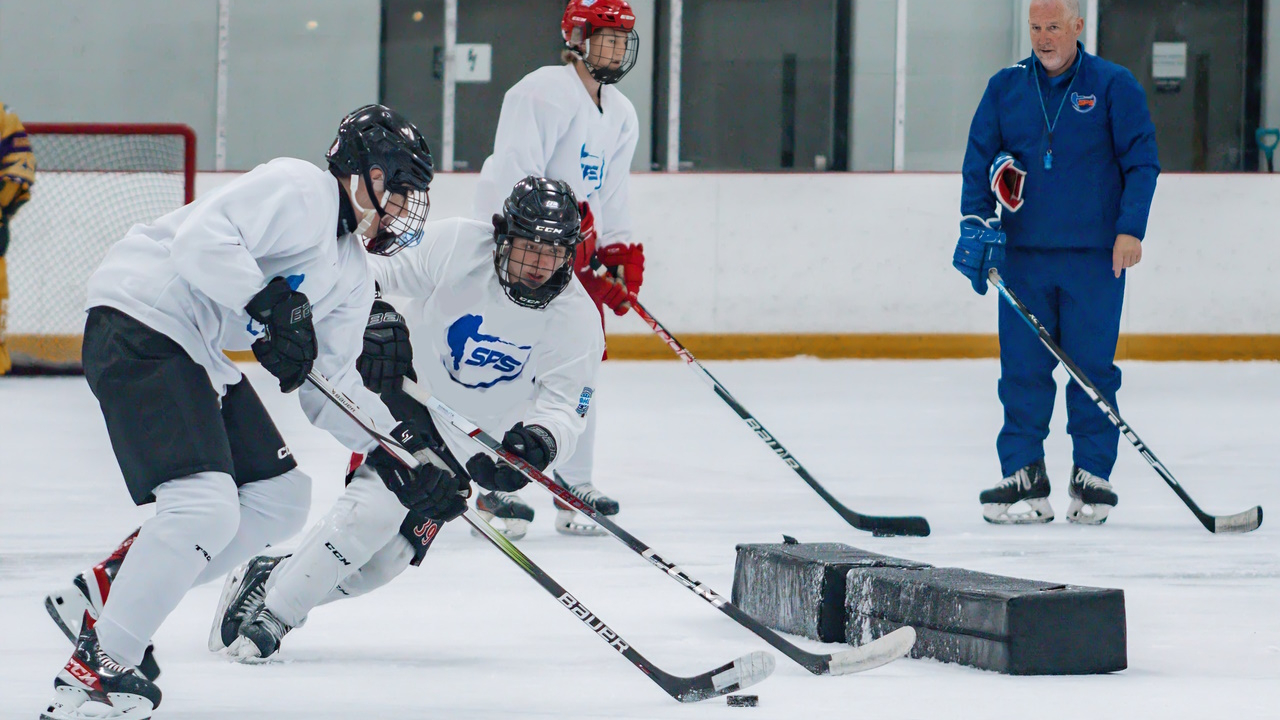
Constrain to Afford
The word “constraint” typically carries a negative connotation. Constraints are seen as barriers or limiters that prevent actions and/or opportunities. In Ecological Dynamics, however, constraints are viewed in a more positive light and defined as sources of information. These sources of information are picked up or perceived by players in the practice or game environment and used to make decisions on the actions they will take. The opportunities that these constraints (i.e. sources of information) provide are referred to as affordances.
What is the Constraints Led Approach?
The Constraints Led Approach (CLA) is a coaching methodology underpinned by Ecological Dynamics. It addresses the following core principle:
· Skill emerges from interacting constraints within the environment, the task, and the player.
The CLA is the methodology of choice for coaches working in an ecological dynamics model. Using this methodology a coach designs constraints into practice activities with the intention of providing players opportunities for action that align with the session intention. The constraints can then be manipulated during the activity/session to provide new or varying opportunities to act. Using the CLA, a coach can “guide” players to the learning outcomes they are looking for in the session (i.e. the session intention) without being prescriptive and removing exploration or discovery.
Constraints are categorized as one of three types:
· Environment
· Task (i.e. the drill or activity)
· Player
Constraints related to the environment (lighting, ice condition, noise, etc.) and the player (height, weight, strength, etc.) are for the most part outside the control of the coach. But coaches must be aware of them and the impact they have on the affordances provided to a player. For example – a big, strong player will have affordances for action when competing against a smaller, weaker player in a 1v1 activity that may not be available when competing against an equally big, strong player. Likewise, clean ice at the start of a session can afford players opportunities for more intricate puck related skills versus snowy, dirty ice at the end of a long session.
Task constraints is where coaches have the most control and manipulation during the practice session. Rules within a small area game, the space allocated to an activity, the number of players, the number or position of nets, the type and size of equipment, all these constraints can create or change the affordances within an activity.
The diagram below, adapted from Dynamics of Skill Acquisition: An Ecological Approach (Button, Seifert, Chow, Araujo Davids), illustrates how the CLA functions within an ecological dynamcis approach:

interpreting this diagram we see that the interaction of athlete, task and environment constraints results in a continous cycle of perception and action which then results in the expression of skill. In other words, players to perceive affordances based on the interacting constraints and act accordingly to solve problems. These actions are viewed as an expression of skill.
We will discuss the concept of perception - action coupling in Part 4 on Representative Learning Design.
The concept of constraints is not new. Coaches have been using drills and small area games containing constraints for years. But how you use, and especially manipulate, them is the critical ingredient of the CLA. If you are not using constraints to create affordances for action, then you are not using a CLA. In other words, the mere existence of constraints or using constraints to remove or take away opportunities does not equate to a CLA.
The focus of this environment design principle is that coaches constrain to afford. Why is this important?
The primary objective of the coaching we do is to ensure players learn. In practice sessions, learning comes through action. So, to enhance learning we must enhance action. This means we want actions to be meaningful, purposeful, aligned with the session intention and learning outcomes. To help enhance actions in this way we need tools, and constraints are those tools.
As a coach using a CLA you will be able to design constraints into activities that will afford players opportunity for action that is aligned with session intention and learning outcomes. You will also be able to manipulate constraints during session delivery to provide new or varied affordances that continue to align with session intention and learning outcomes.
If you are not constraining to afford then there is great risk that sessions will not provide players the opportunities for action they require for the session intention and learning outcomes.
Using a CLA
Let’s look at a practical example to illustrate how we can constrain to afford with the session intention in mind.
Imagine we are designing a practice session where the intention is to improve player’s ability to generate quick attacks/shots on net. One of the activities is a 3v3 cross ice game but we apply a rule to the game (i.e. a task constraint) that requires players to make 3 passes before they take a shot on net. Does this constraint afford players opportunities to attack quickly and generate shots quickly? No. It slows them down. They must take the time to first make all those passes. But does the constraint afford something else? Yes. It affords players the opportunity to make passes and seek out passing solutions. But this is not our session intention, and our learning outcomes are not based on passing. Even though our constraint affords, it misses the mark because it takes players away from the learning outcome and session intention.
This example is interesting for another reason. It illustrates how a constraint can remove affordances in one area but create them in another.
Coaches need to watch out for this scenario and the best way to do that is to maintain focus on intention and learning outcome. Constraints designed into an activity should be sources of information that create affordances aligned with intention.
Let's look at an another example where we use a CLA aligned with session intention. In this series of drills the intention is to develop a player's skill to play offensively in small space. In particular we are focused on puck protection and getting off the wall. We allow players to explore skill solutions aligned with this intention.
Drill #1 is the original drill. It contains a task constraint, the dividers, on the space. This constraint appears to take away opportunity, but in fact, while it takes space away from the players it is affording opportunities to explore solutions aligned with the intention, playing offensively in small space. In drill #2 I manipulate the constraint on space by moving the low divider. By doing this I create new affordances for the offensive player. They are now able to explore solutions that involve using the back of the net. In drill #3 I manipulate the space constraint by moving the divider back, but I also manipulate the number of players. By adding a second offensive player I create new affordances for solutions aligned with the intention. By simple manipulation of two task constraints, space & player numbers, I can afford players opportunities for actions that were not present in drill #1.
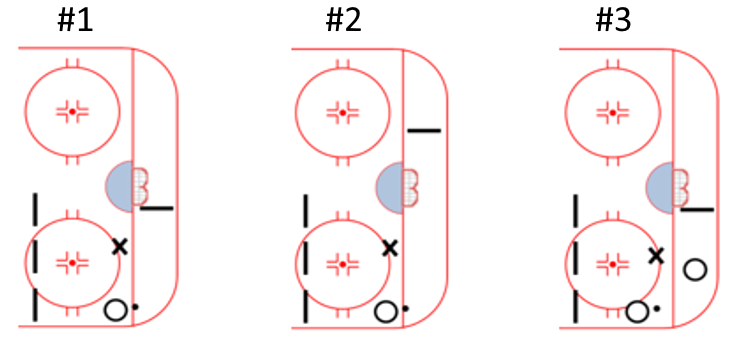
The Constraints Led Approach brings an athlete centered quality to our coaching. In a CLA the coach is not the solution provider. We are learning architects and facilitators. We step away from telling players how to do everything or how to solve every problem (i.e. prescriptive instruction). Instead, we allow them to explore and discover solutions. This requires the coach to constantly assess players in action, use questioning as a significant teaching tool, facilitate learning and champion failure as a positive learning moment rather then a negative outcome.
In the series of drills above I would not instruct the players exactly on how they are to act. I do not make the instruction prescriptive. Any instructions provide players with objectives only. For example, I could tell the offensive player(s) the objective is to generate a scoring chance, while telling the defensive player their objective is to prevent the scoring chance. The players are then left to explore the environment and create solutions that align with the objectives. The coaching and teaching is then done through questioning and constraint manipulation.
Part 4 - Representative Learning Design
Part 5 - Repetition Without Repetition
References
- Renshaw, I., Davids, K., Newcombe, D., Roberts, W. (2019). The Constraints Led Approach: Principles for Sports Coaching and Practice Design. London: Routledge
- Gray, R. (2021). How we Learn to Move: A Revolution in the Way we Coach and Practice Sports Skills. United States: Perception Action Consulting & Education LLC
- Gray, R. (2022). Learning to Optimize Movement: Harnessing the Power of the Athlete-Environment Relationship. United States: Perception Action Consulting & Education LLC
- Chow, J.Y., Davids, K., Button, C., Renshaw, I. (2016). Non-Linear Pedagogy in Skill Acquisition: An Introduction. London: Routledge
- Attri, R.K. (2018). The Models of Skill Acquisition and Expertise Development. Singapore: Speed to Proficiency Research
- Nash, C. (2022). Practical Sports Coaching 2nd Edition. London: Routledge
- Button, C., Seifert, L., Chow, J.Y., Araujo, D., Davids, K. (2020). Dynamics of Skill Acquisition: An Ecological Approach.



